B. vulcanicola getting ready to bloom
mark4321_gw
14 years ago
Related Stories
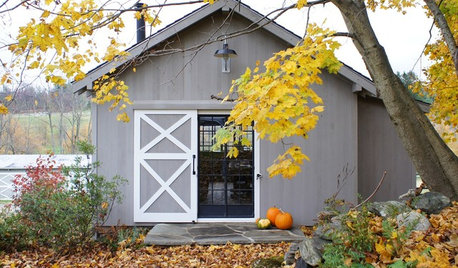
FALL AND THANKSGIVINGGet Ready for Fall With a Touch of Nature at Your Door
Celebrate the coming season with porch decorating ideas from these 10 welcoming looks
Full Story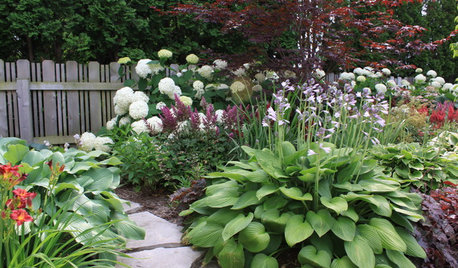
MOST POPULARSpring Gardens Are Blooming — Here’s What to Do in April
Get the guide you need for gardening in your U.S. region, with tasks, climate-appropriate plantings and more
Full Story
HOUSEPLANTSHow to Force Amaryllis Bulbs Indoors
Enjoy vibrant red blossoms even as gardens turn snowy white, by teaching this hardy repeat performer to ignore the calendar
Full Story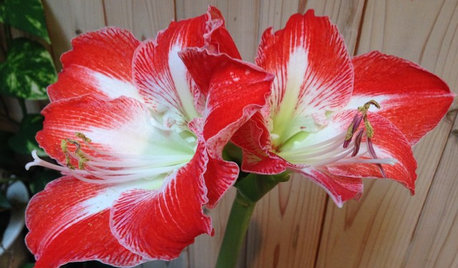
WINTER GARDENINGHow to Get an Amaryllis to Rebloom
Enjoy glorious flowers year after year just when you need them most, with this step-by-step strategy
Full Story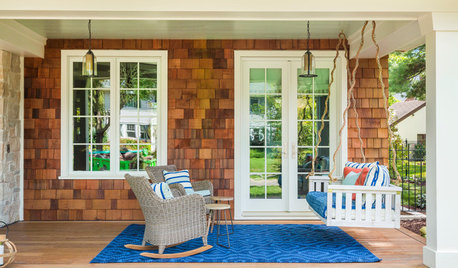
GARDENING AND LANDSCAPING10 Ideas for Decorating Your Summer Porch
Watch the world go by from a porch decked out with comfy furniture and inspiring accessories
Full Story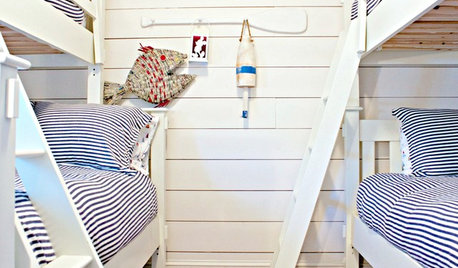
DECORATING GUIDES15 Ways to Get Your Home in a Summer Mood
Bask in the easygoing spirit of summer with breezy touches indoors and out
Full Story
HOUSEKEEPING7-Day Plan: Get a Spotless, Beautifully Organized Bedroom
Create a sanctuary where you can relax and dream without the nightmare of lurking messes
Full Story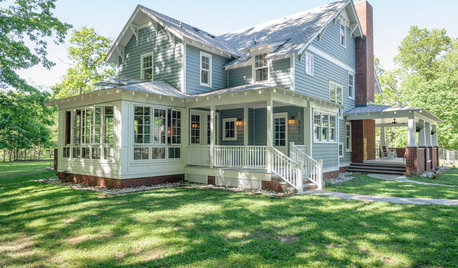
MONTHLY HOME CHECKLISTSTo-Dos: Your May Home Checklist
Get your house and yard in order now, and you’ll be ready to enjoy the summer days ahead
Full Story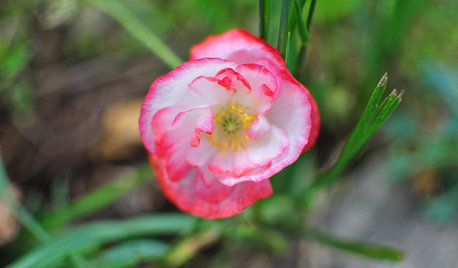
GARDENING GUIDESMid-Atlantic Gardener: What to Do in June
Abundant sun is yielding bountiful blooms in the garden this month, but don't forget to watch for pests, package some seeds and plan ahead
Full Story
HOUSEKEEPINGMarch Checklist for a Smooth-Running Home
Get a jump on spring by spiffing up surfaces, clearing clutter and getting your warm-weather clothes in shape
Full Story





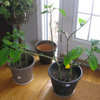
karyn1
eloise_ca
Related Professionals
Anderson Landscape Contractors · Bainbridge Island Landscape Contractors · Maywood Landscape Contractors · Cypress Siding & Exteriors · Ft Washington Siding & Exteriors · Leesburg Siding & Exteriors · Kissimmee Roofing & Gutters · Bellingham Decks, Patios & Outdoor Enclosures · Clermont Decks, Patios & Outdoor Enclosures · Del Aire Decks, Patios & Outdoor Enclosures · Leander Decks, Patios & Outdoor Enclosures · Morgan Hill Decks, Patios & Outdoor Enclosures · Pittsburgh Decks, Patios & Outdoor Enclosures · White Bear Lake Decks, Patios & Outdoor Enclosures · Decks, Patios & Outdoor Enclosurespagrdnr
mark4321_gwOriginal Author
PKponder TX Z7B
wickedwickedwitch
daniellalell
figara
mark4321_gwOriginal Author
mark4321_gwOriginal Author
figara
PKponder TX Z7B
haase
mark4321_gwOriginal Author
pagrdnr
eloise_ca
mark4321_gwOriginal Author
eloise_ca
givelittle_getlots
threas
karyn1
mark4321_gwOriginal Author
mark4321_gwOriginal Author
mark4321_gwOriginal Author
karyn1
pagrdnr
eloise_ca
pagrdnr
mark4321_gwOriginal Author
karyn1
grrrnthumb
givelittle_getlots
eloise_ca
karyn1
brugmansiaddict
karyn1
mark4321_gwOriginal Author
brugmansiaddict
karyn1
mark4321_gwOriginal Author
brugmansiaddict
mark4321_gwOriginal Author
iwalani_75
taz56
figara
mark4321_gwOriginal Author
grrrnthumb
mark4321_gwOriginal Author
mark4321_gwOriginal Author